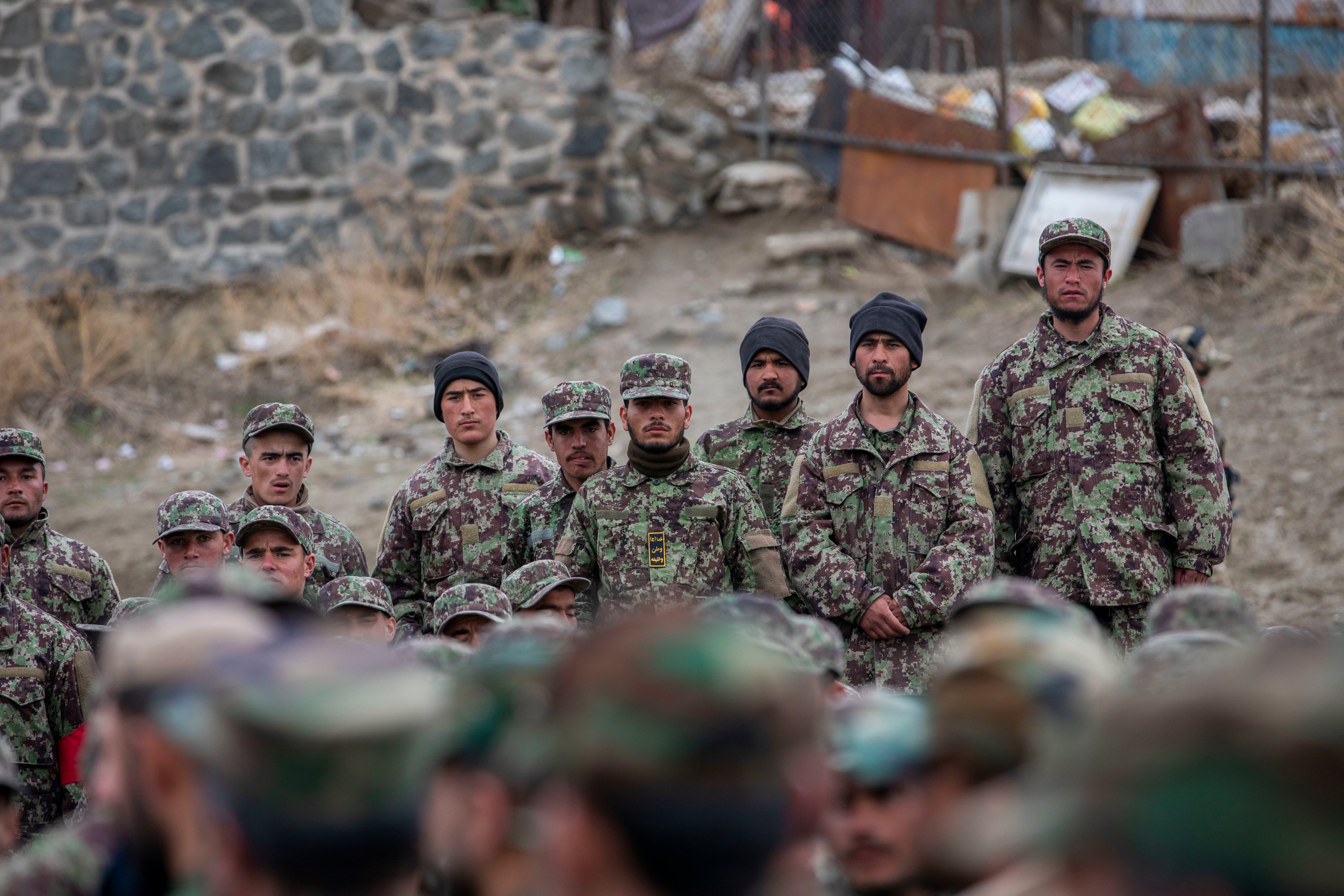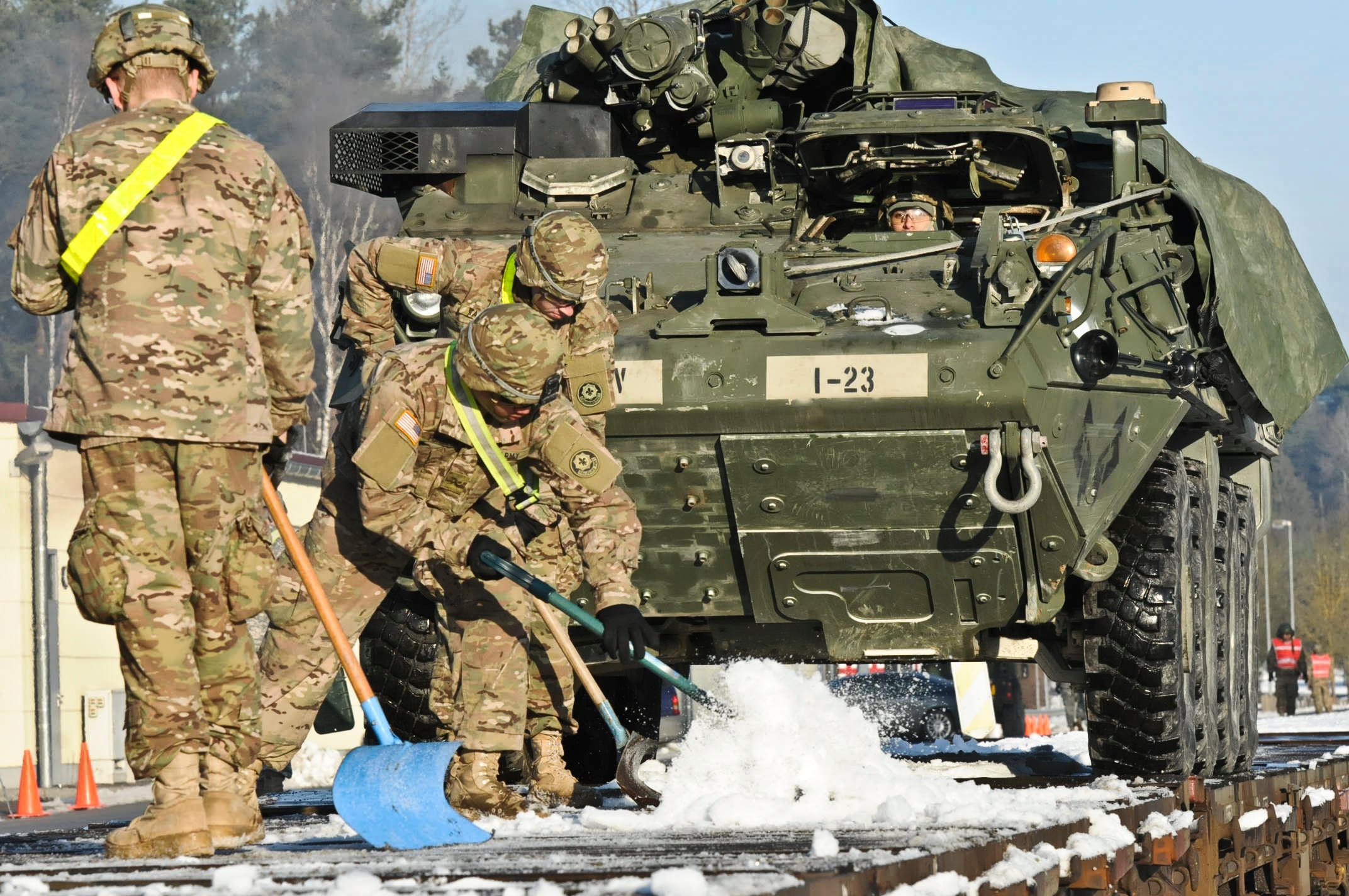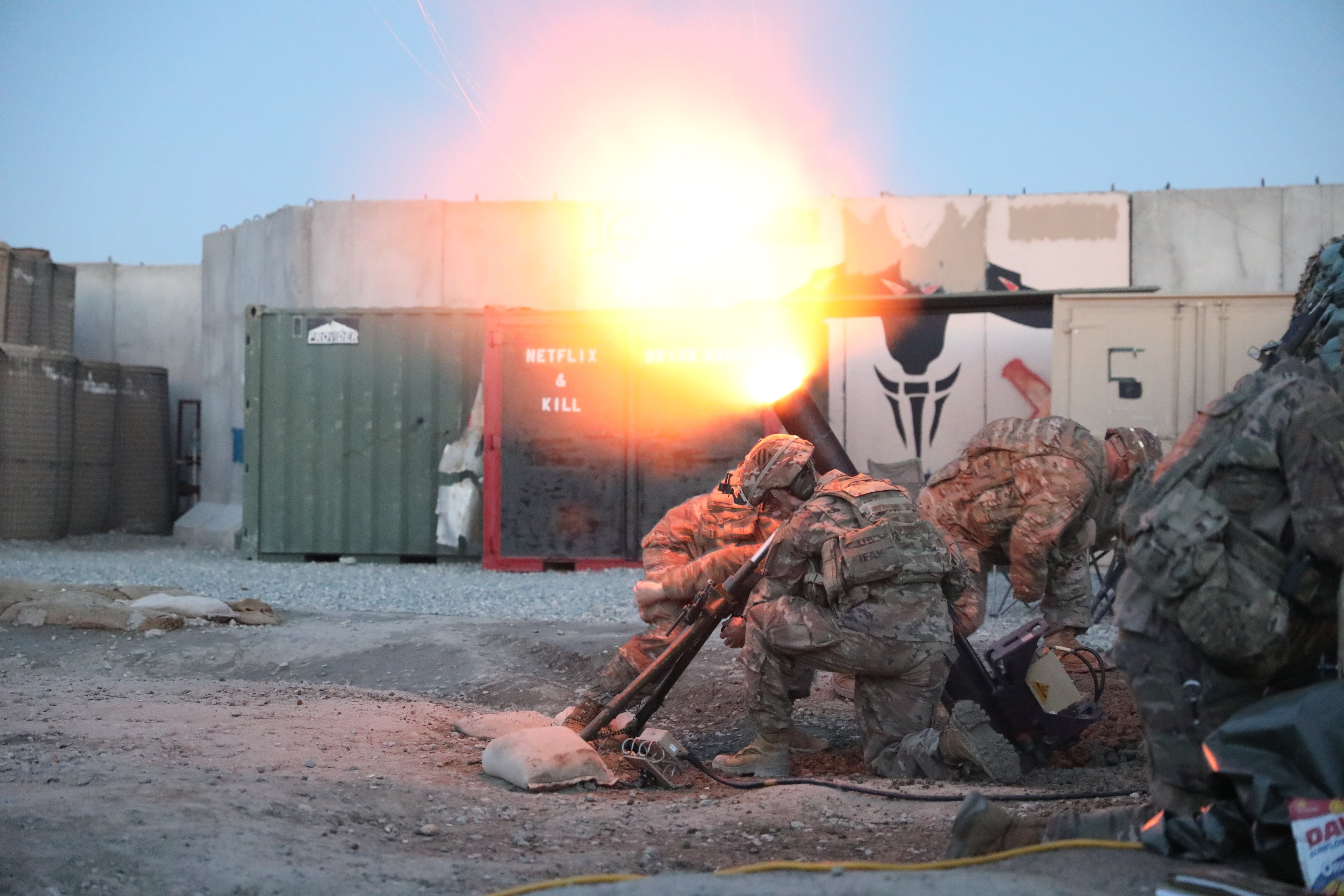The Pentagon is still working with a May deadline for a full withdrawal of troops from Afghanistan, but a Defense Department spokesman told reporters on Thursday that the way ahead is unclear.
The White House under President Donald Trump spent much of 2020 beating the drum for a full withdrawal from Afghanistan, which manifested in a reduction from 8,000 early in the year to 2,500 as of Jan. 15. But the Biden administration is revisiting the conditions of that withdrawal, specifically the Taliban’s commitment to making sure the Afghan people have a chance at self-governance, and that the country won’t once again become a terrorism home base.
“Without them meeting their commitments to renounce terrorism and to stop the violent attacks on the Afghan national security forces ― and by dint of that, the Afghan people ― it’s very hard to see a specific way forward for the negotiated settlement,” Pentagon spokesman John Kirby told reporters on Thursday. “But we’re still committed to that.”
Defense Secretary Lloyd Austin is looking for a reasonable settlement that would end American presence in Afghanistan, Kirby added, but conditions will have to be met.
“Thus far the Taliban has been, to put it politely, reticent to meet their requirements,” he said.
Throughout 2020, the DoD repeated that a withdrawal would be conditional ― based on a reduction in Taliban violence in the country and the group’s cutting ties with al-Qaida ― but as troop levels dwindled from 8,000 to 4,000 in the spring, then down to 2,500 in January, reports remained that the Taliban had done neither.
RELATED

Days before his ouster, then-Defense Secretary Mark Esper told Military Times that he had hesitated to publicly push back against the White House’s informal calls for further reduced numbers.
“Imagine this: ‘Disregard what the president said. This is still the plan,’ ” Esper suggested. “Now, if I were the president, I’d say, ‘Really? Here you go. Here’s a written piece of paper. You’re coming home by December.’ "
With the White House and DoD now back on the same page, the two are in “wait-and-see” mode.
No decisions have been made about the next steps, Kirby said, though senior military leaders agree that the numbers on the ground now are enough to do the mission.
The 2,500 troops still on the ground are by and large a counter-terror force, focused on ISIS and al-Qaida activity in the country. That’s down from what was a multipurpose force in recent years, with thousands of train-advise-assist troops working with the Afghan security forces on mounting their own response to the Taliban.
“We obviously want to see a responsible end to this war,” Kirby said. “We obviously want to see successful negotiated settlements to end it. We obviously want to see those settlements include the Taliban and the elected Afghan government. But we have a commitment to the Afghanistan and the Afghan security forces that we take seriously.”
Meanwhile, a plan announced last summer to withdraw nearly 12,00 troops from Germany is still on the table.
RELATED

“Without question, the issues of U.S, force presence and levels in Germany came up, clearly,” Kirby said of Austin’s Wednesday call with German Federal Minister of Defense Annegret Kramp-Karrenbauer.
Austin plans to take a global look at force posture, Kirby said, including in Europe.
“What he did assert to the defense minister was that whatever decision we make, we’ll do it in consultation with her and her government,” Kirby said, nodding to the surprise from German officials after Esper announced in July that nearly 12,000 troops would be pulled out of Germany. “There won’t be any surprises.”
That drawdown includes several moving parts, including moving U.S. European Command headquarters from Germany to Belgium, moving an Air Force squadron to Italy and sending the entire 2nd Cavalry Regiment back to the U.S., to be replaced by a rotation of armored units to Eastern Europe.
“I don’t want you to take away from this answer that there will be or won’t be any specific change,” Kirby said.
Meghann Myers is the Pentagon bureau chief at Military Times. She covers operations, policy, personnel, leadership and other issues affecting service members.





